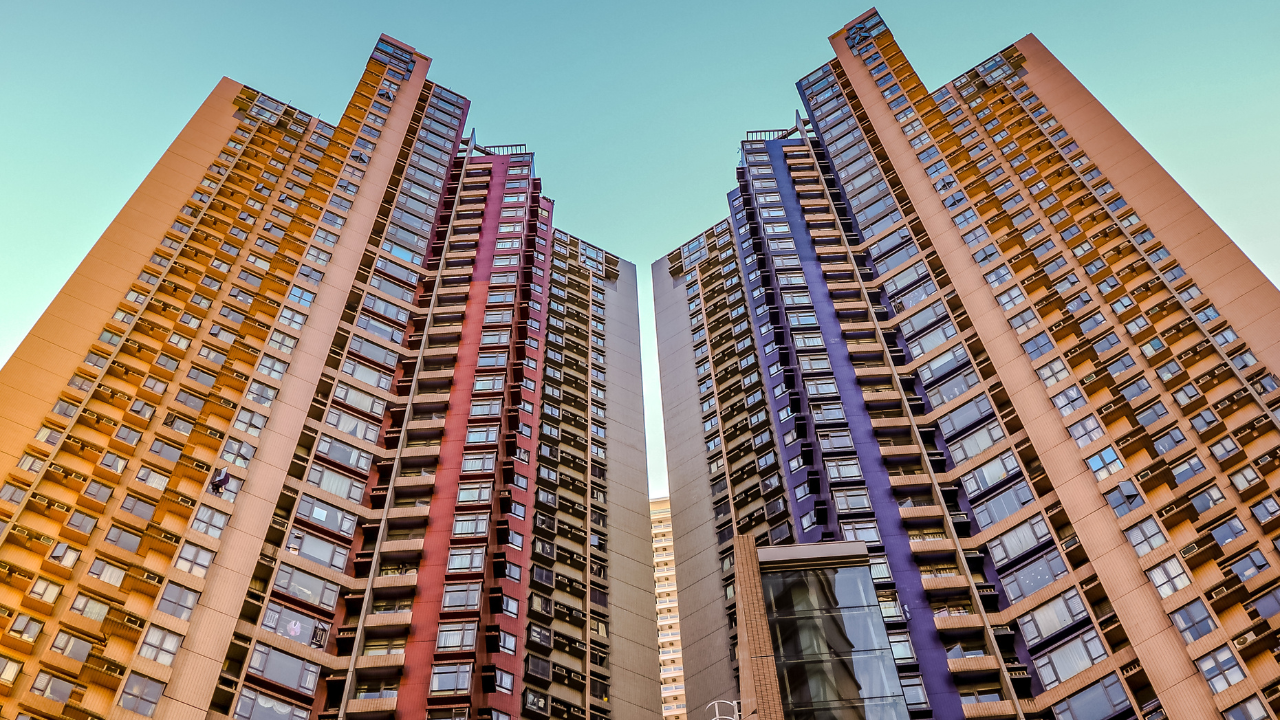Architectural photography is a unique and captivating genre that requires a careful balance of technical skill and artistic vision. The right camera can make a significant difference in capturing the intricate details and grand scales of architectural subjects. When choosing a camera for architectural photography, several key features should be considered to ensure you achieve the best results.

Also, Read: Best Cameras For Graphic Designers
Image Quality and Resolution
One of the most critical aspects of a camera for architectural photography is image quality. High resolution is essential as it allows you to capture fine details with clarity and produce large prints without losing sharpness. A camera with a high megapixel count will provide the detail necessary to highlight textures, patterns, and the overall design of buildings. Look for a camera with a full-frame sensor, which typically offers better image quality and low-light performance compared to smaller sensors.
Dynamic Range
Architectural photography often involves capturing scenes with a wide range of light levels, from bright sunlight to deep shadows. A camera with a high dynamic range can handle these extremes more effectively, preserving detail in both the highlights and shadows. This capability is crucial for accurately representing the contrast and intricacies of architectural structures.
Lens Compatibility and Quality
The quality of the lenses available for a camera system is just as important as the camera itself. Architectural photography benefits from a variety of lenses, including wide-angle lenses for capturing expansive views and tilt-shift lenses for controlling perspective distortion. When choosing a camera, consider the range and quality of compatible lenses. High-quality lenses with minimal distortion and chromatic aberration are essential for maintaining the integrity of architectural lines and details.
Manual Controls and Customizability
Precision and control are paramount in architectural photography. Cameras with extensive manual controls allow photographers to fine-tune settings such as aperture, shutter speed, and ISO to achieve the desired exposure and depth of field. Customizable buttons and dials can also enhance the shooting experience, enabling quick adjustments without having to navigate through menus. Look for a camera that offers a high degree of customizability to match your workflow.
Build Quality and Durability
Architectural photography often requires shooting in various environments, both indoors and outdoors. A camera with robust build quality and weather sealing can withstand the demands of different shooting conditions. Durability is especially important if you frequently shoot on construction sites or in harsh weather. A solidly built camera will provide reliability and longevity, ensuring it can handle the rigors of architectural photography.
Viewfinder and LCD Screen
A high-quality viewfinder and LCD screen are essential for composing and reviewing shots. An electronic viewfinder with high resolution can provide a clear and accurate representation of the scene, which is particularly useful in bright outdoor conditions. A tilting or articulating LCD screen can also be beneficial for shooting from various angles, especially when capturing architectural details from low or high perspectives.
Autofocus Performance
While manual focus is often preferred in architectural photography for its precision, having a reliable autofocus system can be advantageous in certain situations. Look for a camera with accurate and fast autofocus capabilities, especially when working with moving elements or when you need to quickly capture fleeting moments of light and shadow.
Low Light Performance
Architectural photography often involves shooting in low-light conditions, such as during twilight or indoors. A camera with excellent low-light performance and high ISO capabilities will enable you to capture sharp and noise-free images in challenging lighting situations. This feature is crucial for maintaining the quality and detail of your architectural photos.
Image Stabilization
Built-in image stabilization can be a valuable feature, especially when shooting handheld or in low-light conditions. It helps reduce camera shake and allows for longer exposures without the need for a tripod. This can be particularly useful for capturing interior architecture or working in tight spaces where using a tripod might not be feasible.
Connectivity and Workflow
Modern cameras often come with various connectivity options, such as Wi-Fi, Bluetooth, and USB-C. These features can streamline your workflow by enabling wireless transfer of images, remote shooting, and quick backup solutions. Consider how these connectivity options can enhance your shooting process and integrate with your existing equipment and software.
Which Is The Best?
Canon EOS Rebel T100 DSLR Camera
No products found.
Conclusion
Choosing the best camera for architectural photography involves considering a range of features that cater to the specific demands of the genre. High resolution, dynamic range, lens quality, manual controls, build quality, and low-light performance are all crucial factors that contribute to capturing the essence of architectural subjects. By focusing on these key aspects, you can select a camera that will help you create stunning and detailed architectural photographs that showcase the beauty and complexity of built environments.